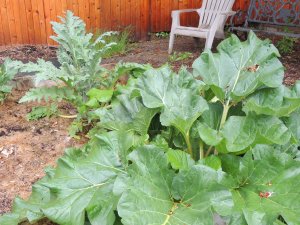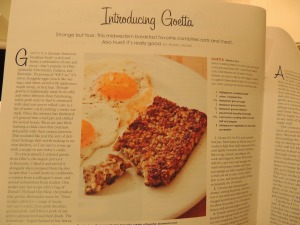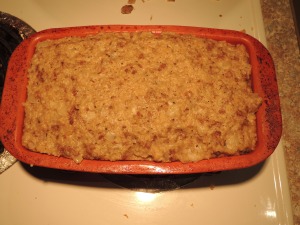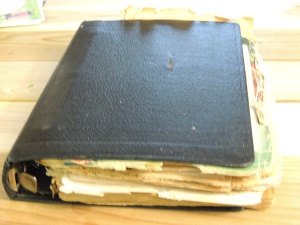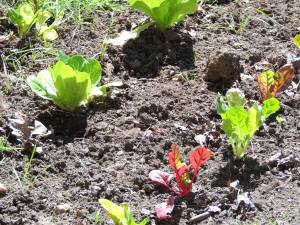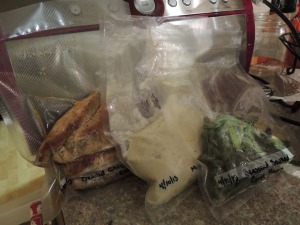Thanks to the relatively temperate Pacific Northwest winters, gardening year-round is possible, but is made a lot easier and more rewarding with the right tools, like a greenhouse. Like most long-time Oregon residents, I don’t own an umbrella and couldn’t use one while gardening anyway. I’m not a big fan of digging through mud and fighting off waves of the local slug and snail army all while in pouring rain to harvest some cabbage or cauliflower. If garden-fresh tomatoes and green beans were the reward, that would be another story…
So I wanted a greenhouse. I NEEDED a greenhouse. In early 2010, I bought one. It was on sale at Fred Meyer and this type can be found at most big-chain stores. It was a walk-in greenhouse, complete with shelving and plastic cover with ventilation window. A little less than $100, it seemed perfect for a backyard gardener. In 2010 I only had one raised bed and had just started dialysis, so was unsure how much I could even accomplish that year. I bought it mostly to cheer me up, if nothing else, as I was doing hemodialysis at that time and it was not going well. This was sort of a “poor me” present to myself.
It had some great advantages: it was easy to assemble, lightweight, and affordable. The frame (and shelving) consisted of hollow metal rods that fit together via plastic connectors. Once the frame was assembled is was easy enough for one person to lift and drag about the backyard, searching for the perfect spot to set it. Then the plastic covering was tossed over and tied to the frame, shelves tucked in place, and the whole thing staked to the ground. Easy enough. Then came the rain…
It quickly became evident that despite having a peaked roof, the plastic covering did not shed the water as desired, but instead collected the water into pools in the four quadrants of the roof’s frame, requiring me to use a rake to push the pooled water off the roof. The second problem was that the lightweight, easy-to-assemble hollow metal shelves could not hold much weight. Seedling trays were about it or the frames bowed and bent. My year-round growing space was now limited to what containers I could arrange on the ground and my hopes dashed entirely when the lightweight, easy-to-assemble metal frame collapsed from the repeated weight of the water and broke the plastic connectors as well. This doomed greenhouse didn’t even make it to summer. Bummer.
In the intervening years, I have added raised beds and have started the garden by sowing seeds directly outdoors or buying starts at local nurseries. But I still wanted to be able to grow year-round. There’s the frustrating months (Jan-March) where seed catalogs arrive, stores start displaying garden gear, but the weather is still too wet and cold to support vegetable life directly outdoors. It’s maddening! That has forever changed this year since my hubby and his parents pitched in and gave me an aluminum/polycarbonate greenhouse kit for my birthday!

It’s 6’x8′ with 2 ventilating panels in the ceiling and a sliding door. The panels are double-walled polycarbonate. It was surprisingly easy to put together, although it took me about 6 hours (it says to have 1-2 helpers, but except for one part with the crown, I assembled it solo). In true Oregon fashion, the day I finished assembly it began to rain again, but it has just slid right off the roof and out the little gutters. My hubby and I are currently in the process of gathering the materials I need for the shelves inside (cinder blocks and 1×2 stickers).
I love listening to the tinkling rain on the roof while I’m warm and dry inside. I’ll have a lot to learn and try out the next few seasons, but I’m anxious to achieve my year-round gardening goal and am eager to harvest vegetables in the middle of winter! 
And don’t worry, it won’t stay on the deck–it’s permanent home isn’t ready yet. I need to rip out one of the raised beds and level the ground to build a frame the greenhouse will sit on. However, Karl does enjoy the convienence of a dry, warm space mere steps from the back door. 🙂







